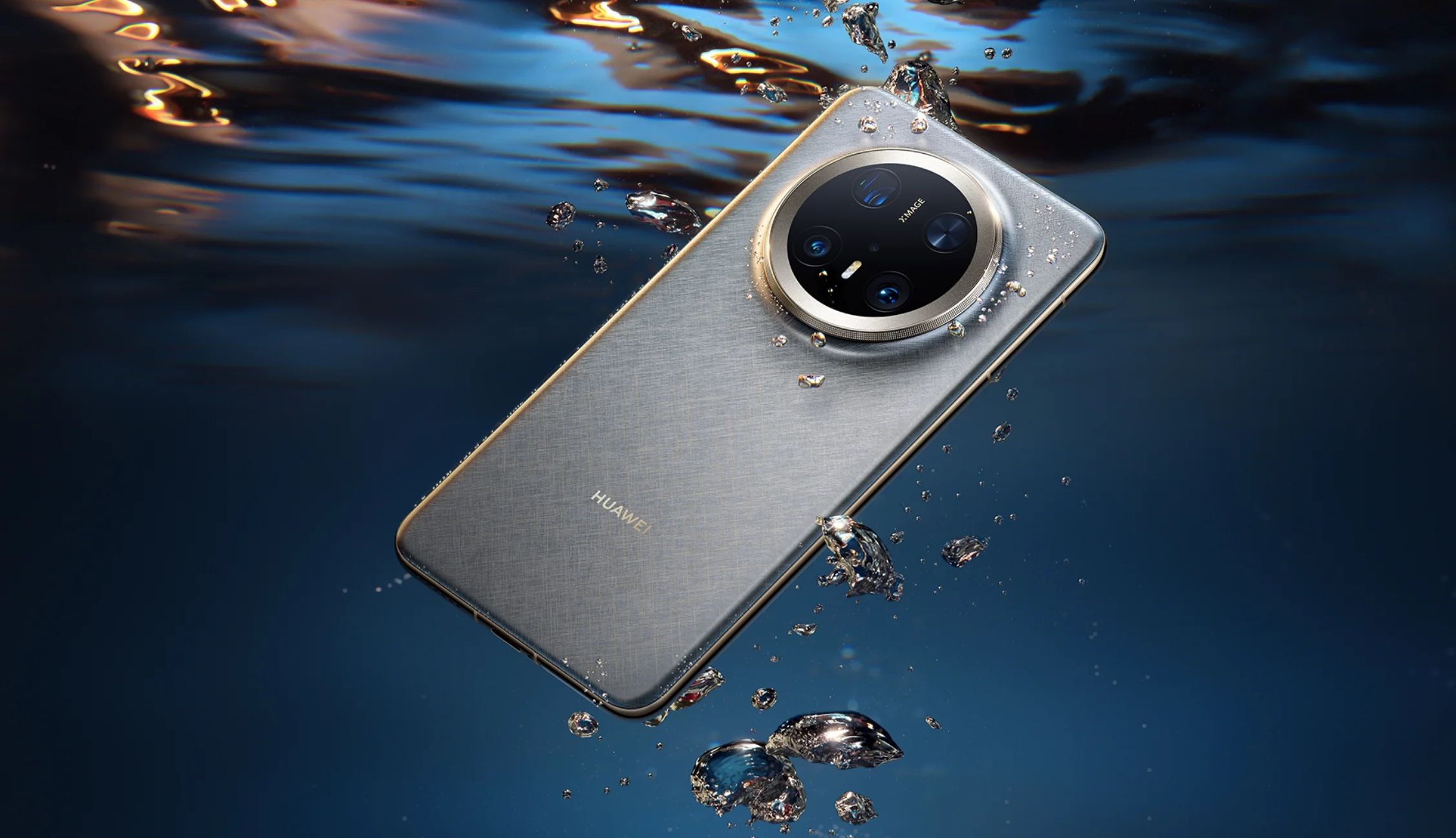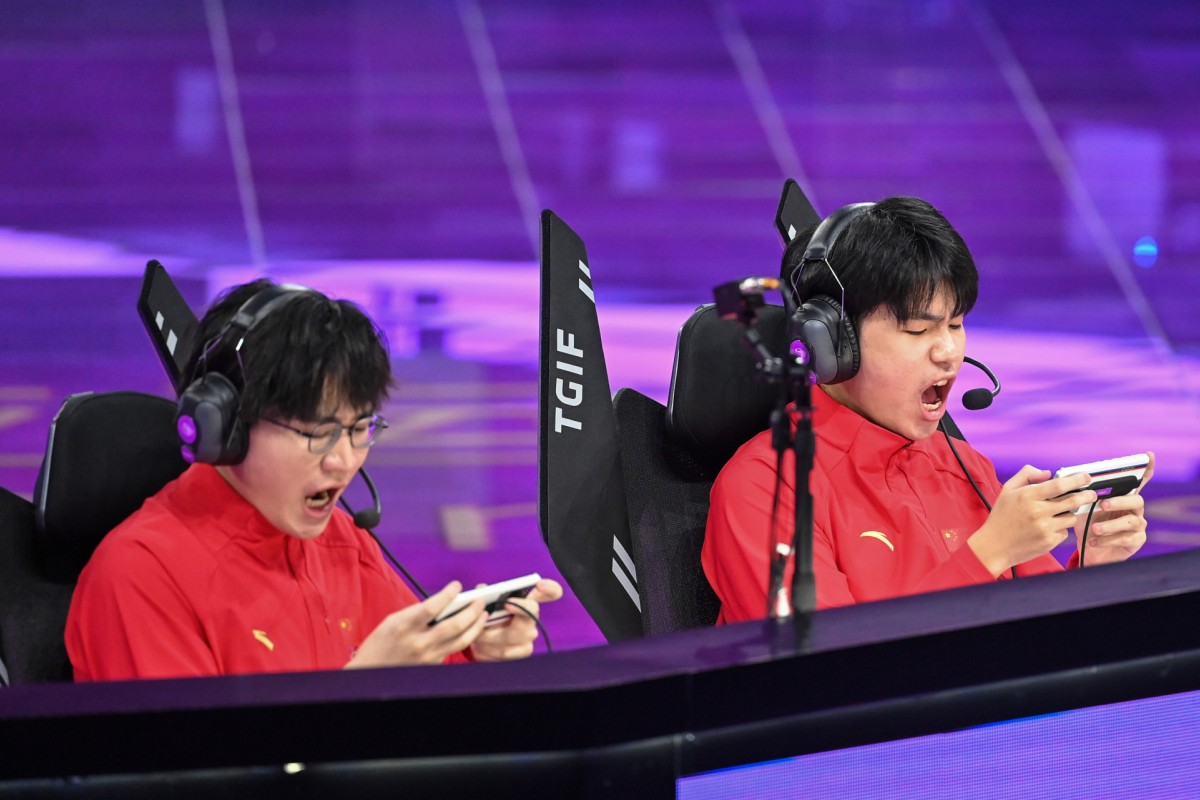In November, Chinese tech giant Huawei revealed the latest addition to its flagship Mate series: the Mate 70. A significant highlight of the Mate 70 is its use of the Kirin 9020 processor, developed by HiSilicon and manufactured by China’s Semiconductor Manufacturing International Corporation (SMIC). Located in Shenzhen, HiSilicon is a semiconductor factory wholly owned by Huawei, while SMIC is China’s largest chip maker.
When compared to its predecessor, the Mate 60, the Mate 70 offers several enhancements. Both models share similar display specifications, but the Mate 70’s Kirin 9020 chipset provides improved performance and efficiency over the Mate 60’s processor.

Notably, camera capabilities have also been refined, with the Mate 70 featuring an advanced rear camera setup. Additionally, the Mate 70 offers higher storage capacities, with options up to 1TB. The Mate also features a 6.7-inch OLED display with a resolution of 1216 x 2688 pixels and a 120Hz refresh rate. The display is protected by Kunlun Glass 2, an ion-strengthened glass that Huawei developed in-house.
Following Huawei’s typical release strategy, the series includes multiple models, featuring a standard version, a Pro version, and a Pro+ variant. Models differ in camera setups, display features, and battery capabilities, targeting various price points and user needs. But all Mate 70 models will run on HarmonyOS NEXT, the latest update to Huawei’s self-developed mobile operating system. According to reports, NEXT is the first HarmonyOS without any open-source Android code, unlike early versions of the system. Additionally, Huawei CEO Richard Yu also noted that all Huawei devices rolling out in 2025 in China will be operating on NEXT.

Despite these upgrades, some analysts note that consumer excitement for the Mate 70 series is lower than for the Mate 60, potentially impacting sales performance. Contrary to market sentiments, a Huawei spokesperson said demand for the Mate 70 was “excessive,” adding that initial manufacturing preparations were not sufficient to meet expectations.
The Mate 70’s release underscores Huawei’s progress toward self-sufficiency in semiconductor technology, especially in light of US sanctions limiting China’s access to advanced chip-making equipment. But only time will tell if it can command the global smartphone market currently dominated by the likes of Apple, Google, and Samsung.
Banner image via Huawei.














